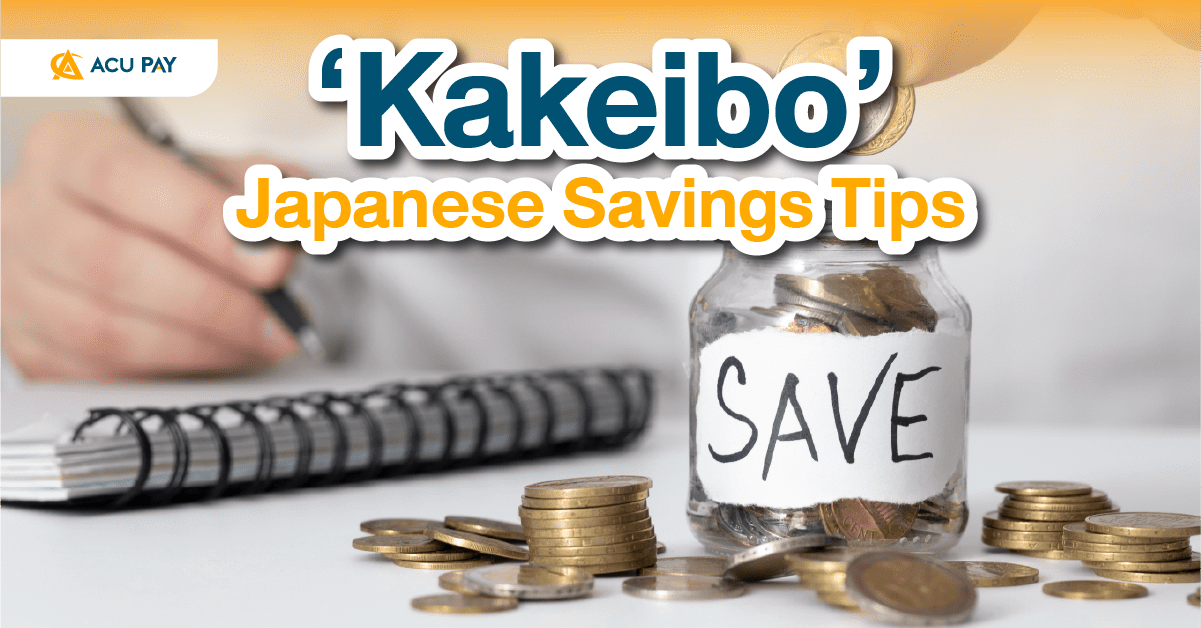

Every time you talk about saving money, it’s always so easy, but when you start doing it, it’s harder than you think because saving requires discipline and clear goals. There are many different types of savings techniques as we prefer, but if you talk about the savings tips that have been used for over a hundred years, “Kakeibo” or Japanese classic savings tips is something that we can’t miss to think of.
ACU PAY will talk about a Japanese version of the savings tips that if you follow this, it is not difficult to achieve your goal.
Japan is known to be an artistic nation in almost everything, even money savings which is called Kakeibo or means “household bankbook.” This method was born in 1904, and invented by Hani Motoko, Japan’s first female journalist. Since most women of that era were not allowed to work outside, Kakeibo is considered another tool that gives housewives the freedom to better manage family income and expenditure.
The Kakeibo thinking principle is to talk and question yourself before you decide to buy that item, whether it’s really necessary or just an instant of emotion by answering these simple questions as follow;
Kakeibo journal writing can be easily started by simply using a notebook and a pen, or using an application to take notes is another convenient step for modern people.
1. Write down all income
Record all income earned each month, regardless of how many ways you earn, both regular work and supplementary income. Summarize all income earned and record all income earned in full.
2. Write down fixed monthly expenses
Indicate monthly fixed expenditures such as rent, travel, food, telephone, water bill, electricity bill, and debts to be paid every month.
3. Figure out the remaining amount
The starting point for saving is to know the amount of money left over after expenses are deducted to plan for the finances.
(after-deducted income = monthly income – fixed expenses)
4. Set a target for the saving amount
When you know how much money you have left, start setting monthly spending and savings targets. Initially, the savings target may start from a small amount. After you can adjust yourself, set for a larger target, challenge yourself to save. This should be kept as an emergency fund, deposited in high-interest banks, or invested to increase money.
5. Specify expenditure categories.
Once the monthly fixed expenses are known, the balance of fixed expenses and savings targets are clearly recognized, the next step is to clearly distinguish expenditures by categories. This is an important step in training Japanese people to succeed in Kakebo savings. Expenses to be categorized as follows:
We should set the amount of expenditure according to the categories that are divided and then give each category a score on which category is most used to see weaknesses in our money, or which one we spend most on.
6. Review the monthly expenses for improvement
The key feature of saving money successfully in the Japanese style is self-review and development, so at the end of the month, we conclude what is written down about things we buy, and amount of money that was used and ask ourselves whether we achieve our goal or not. If your money is negative at the end of that month, it could mean you’ve created more debt and used an emergency fund. Next month, you might need to be more careful about your spending, but if the sum is zero or fits the plan, it means that you can do it as planned. However, it’s best to put the remaining savings into an emergency fund or invest in additional capital.
Although it may take some effort to write down in the Kakeibo style at first, believe that once you get used to it, your lifestyle will change because Kakeibo will help you build discipline and set clear goals. The result will be savings and increased financial stability.